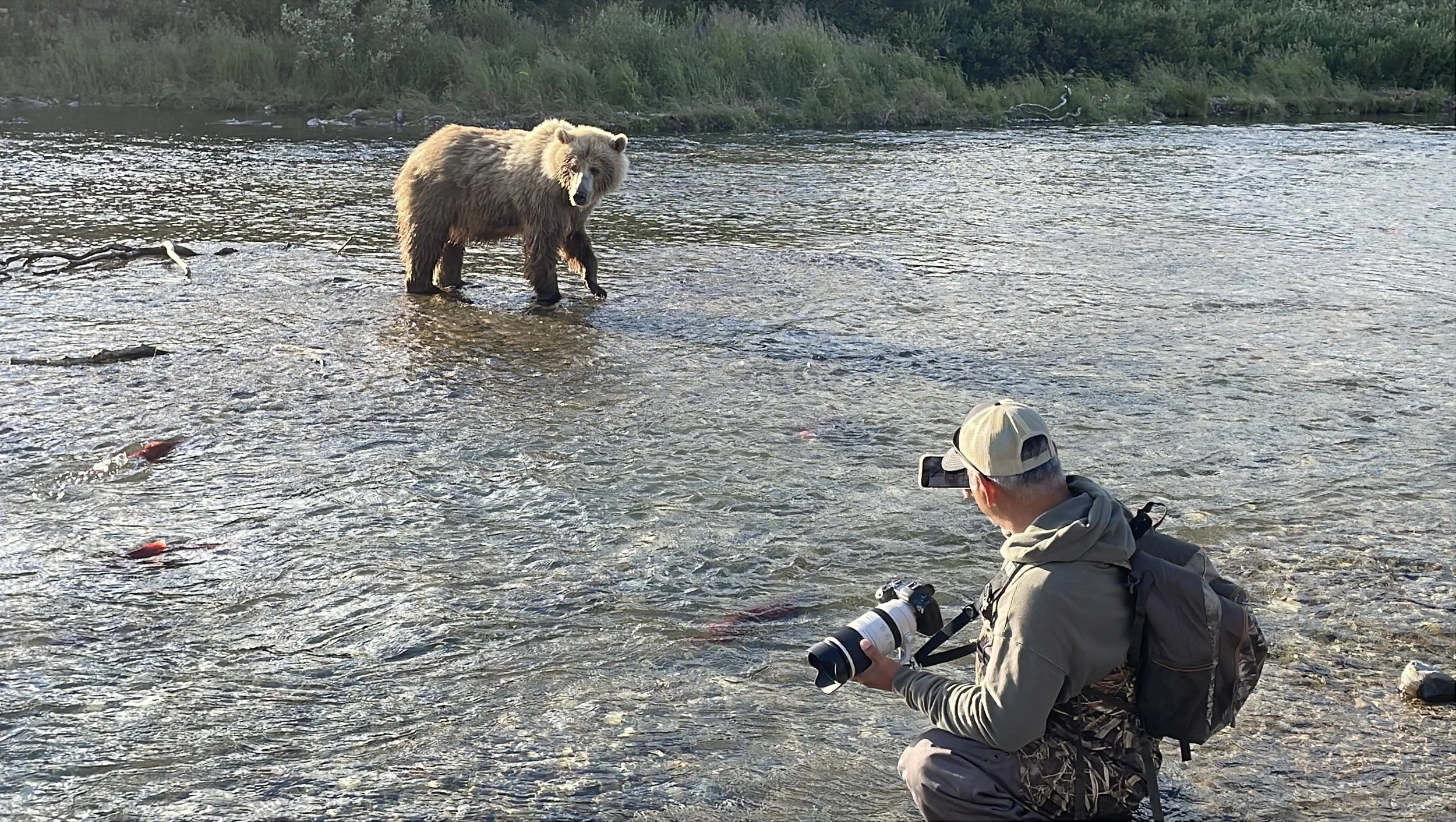This is Part 9 of a 10 part Natural Light Photography Series.
Manta Ray off Isla Mujeres, MX. 1/400, f/9, ISO 1000
Underwater photography is an art, but even the best raw images often need a little help to truly shine.
This is where post-processing comes in. By enhancing colors, adjusting exposure, and fine-tuning details, you can transform your photos into stunning representations of the underwater world.
In this blog, I’ll share my approach to post-processing and explain why it’s an essential part of creating impactful underwater images.
A side-by-side comparison showcasing the power of post-processing in bringing an image to life. The before image captures the raw moment, while the after reveals the full potential through editing. Great White Shark off Guadalupe Island, MX. 1/320, f/8, ISO 800
This image was captured using the Auto White Balance feature on my camera.
Why Post-Processing is Essential
When you shoot in RAW format, your camera captures as much data as possible but doesn’t automatically apply enhancements like it does for JPEGs.
As a result, RAW images often look flat and lack vibrancy straight out of the camera.
Post-processing allows you to:
Restore colors lost at depth.
Adjust highlights and shadows for better tonal balance.
Sharpen details to emphasize textures and patterns.
In underwater photography, where light and color are absorbed by water, post-processing is critical to bring your images back to life.
Sperm Whale off Dominica Island, Caribbean. 1/320, f/9, ISO 640
My Approach to Editing
Start with the Basics:
Adjust exposure, contrast, and white balance to create a balanced, natural look.
Use the histogram to ensure tonal accuracy.
Enhance Colors:
Use tools in Lightroom or Photoshop to boost vibrancy and saturation, especially for reds and yellows that fade quickly underwater.
Be cautious not to overdo it, keep the colors natural and true to what you experienced.
Fine-Tune Details:
Sharpen key areas like the subject’s eyes or textures on the skin.
Reduce noise if you used a high ISO setting.
Crop and Compose:
Straighten the horizon if needed and adjust the crop to emphasize your subject and remove distractions.
Green Anaconda off Bonito, Brazil. 1/320, f9, ISO 800
It’s Okay to Edit
There’s often debate about how much editing is acceptable in photography.
Personally, I have no problem enhancing an image to make it look its best. Sometimes, the connection to the moment or the animal makes it worth salvaging a less-than-perfect shot.
Editing isn’t about “faking” an image, it’s about honoring the experience and showcasing the beauty of the underwater world.
Every adjustment I make is guided by a desire to tell the story of that moment as authentically and vibrantly as possible.
Leopard Shark off La Jolla Shores, CA. 1/320, f/5.6, ISO 250
Balancing In Camera and Post Processing
While post processing is powerful, I aim to get as close to the final image as possible in camera. Proper exposure, composition, and custom white balance all make the editing process easier and faster, leaving more time to focus on creative enhancements.
Recommended Tools
If you’re just starting out with post-processing, here are some tools I recommend:
Adobe Lightroom: Excellent for managing exposure, color, and tonal adjustments.
Adobe Photoshop: Perfect for more advanced edits, like removing distractions or enhancing specific details.
Topaz AI: Great for reducing noise and adding sharpening without losing detail.
RC-Astro Backscatter Eliminator: A Game-Changer for Underwater Photographers
This revolutionary new tool is a must-have for underwater photographers using Photoshop.
The RC-Astro Backscatter Eliminator efficiently removes sand, debris, and backscatter from your images, revealing cleaner, sharper photographs.
It enhances clarity without compromising detail, making it an essential addition to your post-processing workflow.
Oceanic Whitetip off Cat Island, Bahamas. 1/125, f/11, ISO 400
Practical Tips for Post Processing
Shoot in RAW: Always shoot in RAW to retain maximum detail and flexibility during editing.
Take Breaks: Step away from your edits to avoid overdoing adjustments. Fresh eyes can help you spot areas that need tweaking.
Develop Your Style: Experiment with different techniques to find a post-processing style that reflects your vision and complements your images.
Final Thoughts
Post processing is a vital part of underwater photography, allowing you to elevate your images and tell compelling stories.
It’s not about creating something artificial but enhancing what’s already there to reflect the beauty and magic of the underwater world.
With practice and the right tools, you can transform your photos into powerful, vibrant works of art.
Whitetip Reef Sharks off Socorro, MX. 1/250, f/8, ISO 1250
Coming Next
In the next blog, we’ll wrap up the series by exploring the philosophy behind natural light photography and the freedom it offers.
Discover why this approach creates a deeper connection with wildlife and inspires unforgettable moments. Stay tuned!
THIS IS PART 9 OF A 10 PART SERIES.
PART ONE - Is Natural Light Photography Photography For You?
PART TWO - The Euphotic Zone! Your best friend.
PART THREE - Custom White Balance, Natural Lights Secret Weapon.
PART FOUR - Shutter Speed: Freezing Moments Underwater.
PART FIVE - Aperture: Achieving Sharpness and Depth Underwater
PART SIX - ISO: Balancing Light Sensitivity Underwater
PART SEVEN - Focus Points: Keeping Your Subject Sharp Underwater
PART EIGHT - The Histogram: Your Underwater Photography Lifeline
PART NINE - Post-Processing: Bringing Your Underwater Images to Life.
PART TEN - The Freedom of Natural Light Photography: A Connection to the Wild














